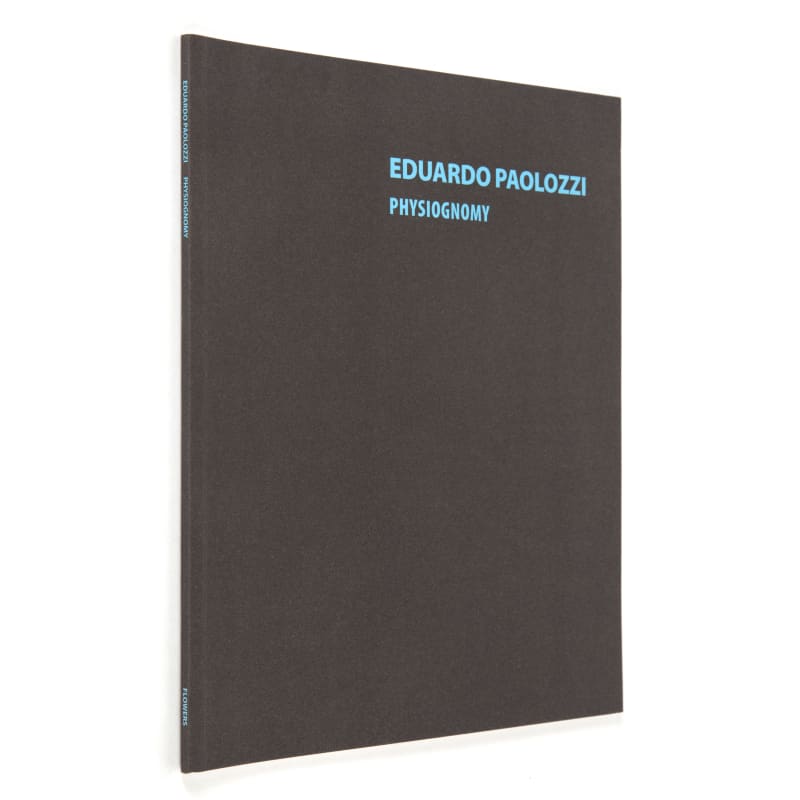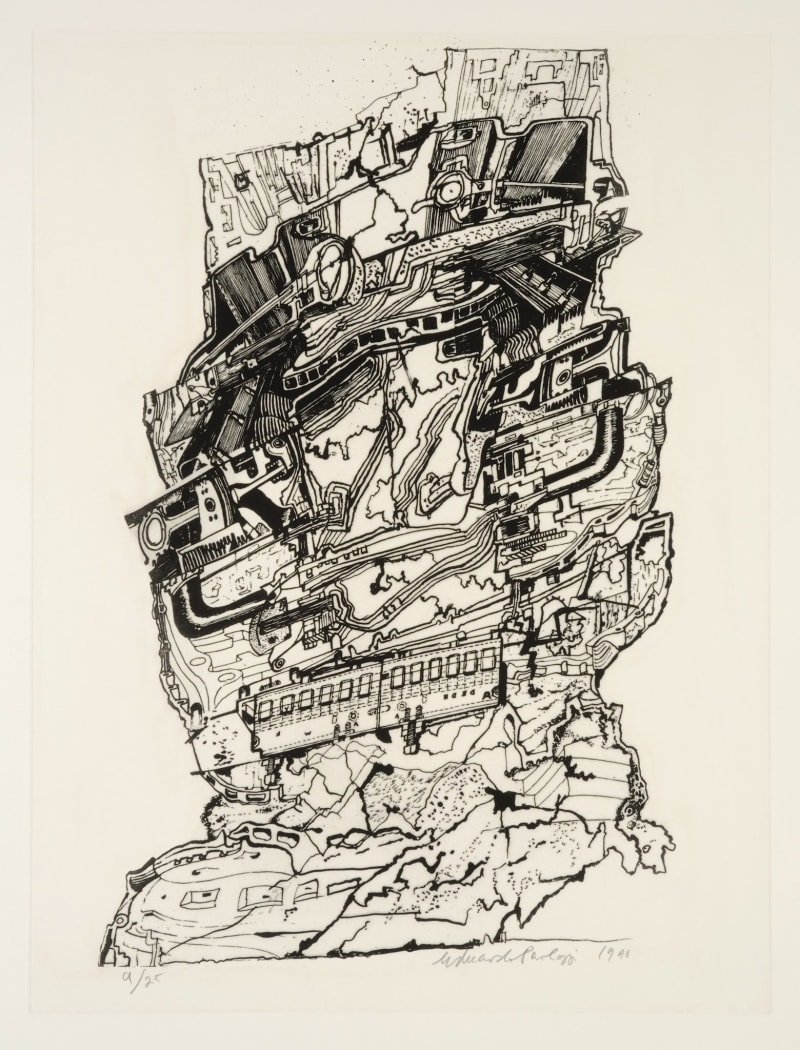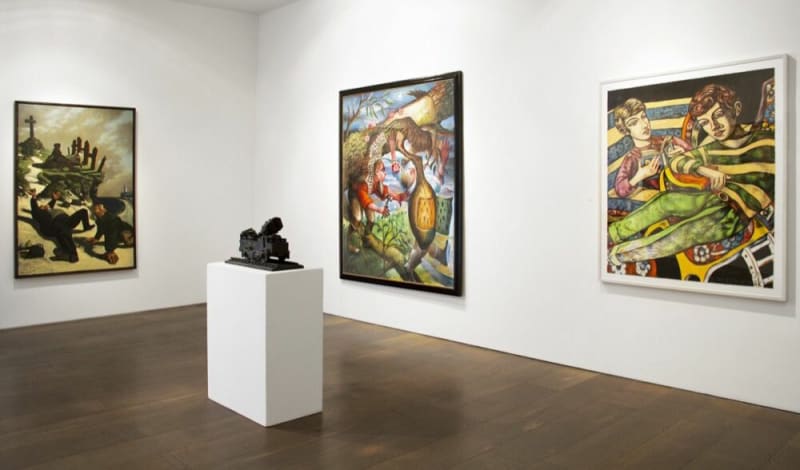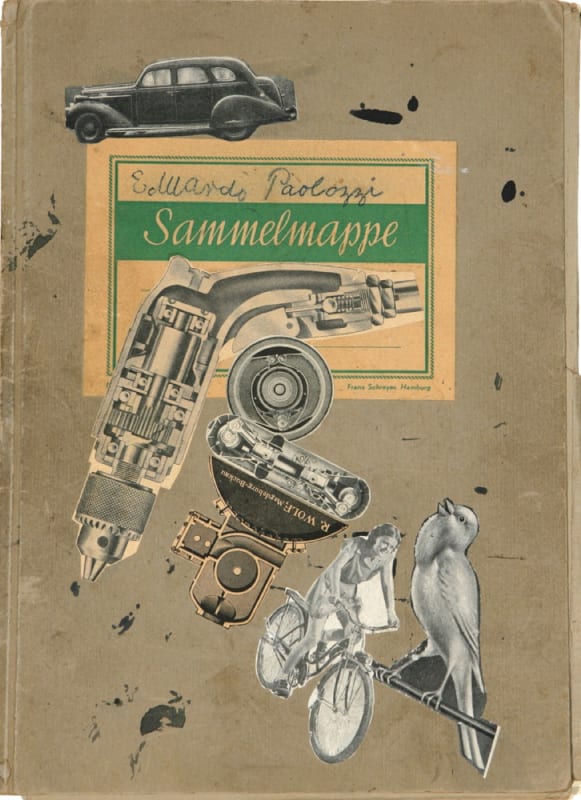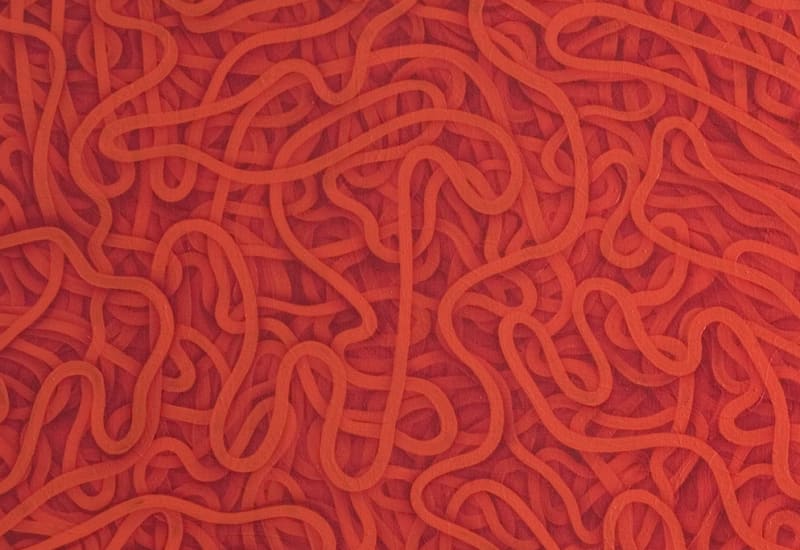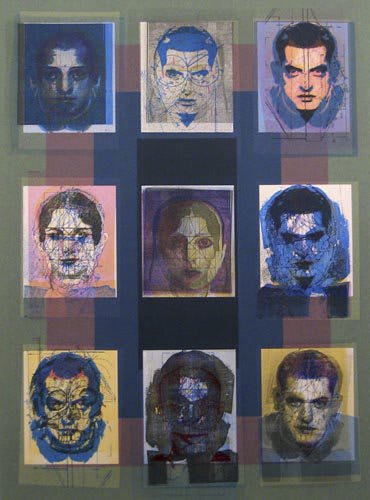
Eduardo Paolozzi
Biography
SIR EDUARDO PAOLOZZI (CBE, RA) (1924-2005)
Eduardo Paolozzi was one of Britain's leading post-war artists. Following ground-breaking exhibitions at the ICA in the 1950s with the Independent Group, such as Growth and Form (1951), Parallel of Art and Life (1953), and This is Tomorrow (1956), he is acknowledged as one of the creators of British Pop Art, with renowned collage work in the 1940s and 50s that merged imagery from advertising, technology, and science fiction. Throughout his career, in a range of media with a particular concentration on sculpture, collage, and printmaking, he explored themes of modernity, mechanization, and the human form.
Paolozzi's early sculptures often featured fragmented or distorted human and animal figuration. By the 1960s, he began incorporating machine-like and technological elements into his sculptures, exploring cybernetics, science, and industrial processes. Paolozzi repeatedly experimented with metamorphosing the human figure, and aspects of his work resemble robots, prosthetics, or mechanical parts, reflecting both a fascination and unease with modern technology. Having witnessed huge technological changes during his lifetime, Paolozzi's practice examined the interface within art and science as well as man and machine, through a tension between organic and industrial form and material. His media included bronze, aluminum, steel, and resin, often casting found objects or assembling forms from industrial detritus.
Based in London for much of his career, Paolozzi also taught internationally. He was elected a Royal Academician in 1979 and received a knighthood in 1989. In 1994 he donated the contents of his dynamic Chelsea studio to the National Galleries of Scotland, where it is meticulously recreated with sculptures, models, books, toys, personal effects, and even his bed.
Paolozzi was born of Italian parents in Leith, Scotland. He studied at Edinburgh College of Art (1943-44), Saint Martin's School of Art (1944-45), and the Slade School of Fine Art (1945-47), and briefly in Paris in the late 1940s, where he interacted with artists like Giacometti and Léger. His public artworks encompass large-scale sculptures and mosaics, with notable works in London including the murals at Tottenham Court Road underground station, the Piscator sculpture outside Euston station, and Newton, after William Blake in the piazza of the British Library. His work has been widely exhibited, including at The National Galleries of Scotland, Edinburgh; Victoria and Albert Museum, London; the Stedelijk Museum, Amsterdam; Tate, London; and the Museum of Modern Art, New York. It is held in numerous major global public collections, including the Peggy Guggenheim Collection, Venice; Tate, London; Victoria & Albert Museum, London; National Portrait Gallery, London; British Museum, London; the Smithsonian Hirshhorn Museum, Washington, DC; the Museum of Modern Art, New York; Royal College of Art, London; Scottish National Gallery, Edinburgh; Arts Council of England.
Works
Prints

Exhibitions
Shop


